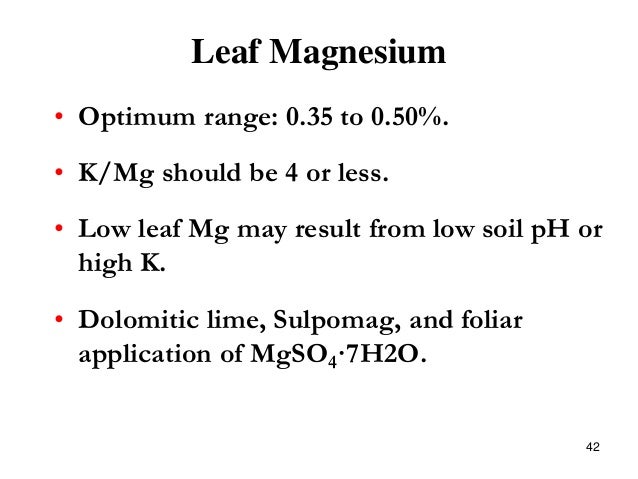

When applied to indirect variable constructs, the representation is. This may explain why studies on long-term Ca supplementation of different groups fail to show any adverse effects on Fe status. Given the importance of indirect detection (ID) to Dark matter science, DOE and. But until now, SSA has only been used mostly for distinct variable names in the program. Jones has established long standing relationships with a broad client base. Thus, the effect of Ca on Fe absorption may be of short duration and adaptation may occur with time. Whittier Law School, Los Angeles, CA, Juris Doctor, cum laude, 1996. a xed indirection point (e.g., Mobile IP 20), redirecting through the Domain Name System (e.g., TCP Migrate 24), or using indirection at the link layer (e.g., cellular mobility schemes). After 4 hours, DMT1 and FPN expression increased and there was increased FPN at the membrane, suggesting a rebound effect. Iron transport ((59)Fe) and expression of DMT1, FPN, and hephaestin were assessed after 1.5 and 4 hours with 0 or 100 µM CaCl(2.) Although Ca did not affect Fe uptake or DMT1 expression at 1.5 hours, FPN abundance at the basolateral membrane decreased, resulting in increased cellular Fe retention and decreased Fe efflux. We explored these possibilities in human intestinal Caco-2 cells cultured in monolayers. However, it is also possible that inhibition occurs during Fe transfer into circulation, suggesting roles for the serosal exporter ferroportin (FPN) and hephaestin. The interaction between Ca and Fe may be a lumenal event, affecting Fe uptake through DMT1 (divalent metal transporter 1) at the apical membrane. Thus, the inhibitory effect may be of short duration and there also may be compensatory mechanisms.

The mechanism for the calcium-iron interaction is not known. However, high intakes of dietary calcium can inhibit iron absorption if both are present in the same meal. However, a thorough review of studies on humans in which Ca intake was substantially increased for long periods shows no changes in hematological measures or indicators of iron status. Increased intake of calcium has been recently recommended by a National Institutes of Health (NIH) Consensus Development Panel on Optimal Calcium Intake. This has caused concern as increased Ca intake commonly is recommended for children and women, the same populations that are at risk of Fe deficiency. Studies on human subjects have shown that calcium (Ca) can inhibit iron (Fe) absorption, regardless of whether it is given as Ca salts or in dairy products.


 0 kommentar(er)
0 kommentar(er)
